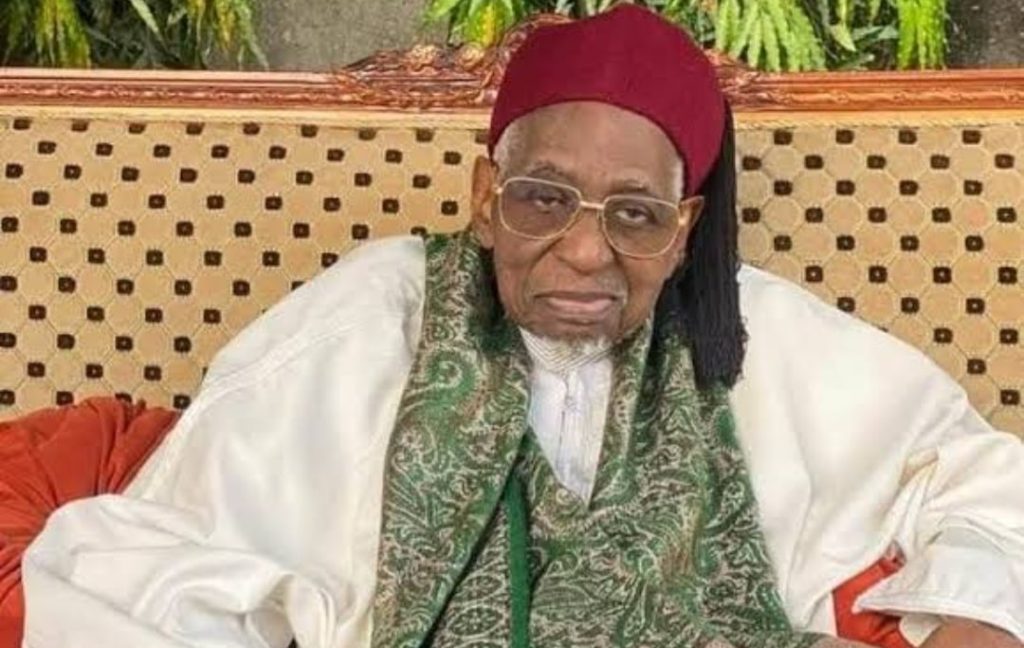U.S. Joins Global Trend with Sovereign Wealth Fund Initiative U.S. President Donald Trump has signed an executive order mandating the creation of a sovereign wealth fund within the next year, stating that such a fund could potentially be used to acquire the popular short-video app, TikTok. If realized, this initiative would align the United States with other nations, particularly in the Middle East and Asia, that use sovereign wealth funds to manage government investments.
The executive order, however, lacks detailed instructions, merely directing the Treasury and Commerce Departments to propose a plan within 90 days. This plan must include recommendations on funding mechanisms, investment strategies, governance structures, and overall fund management.
Challenges in Funding the Sovereign Wealth Fund Typically, sovereign wealth funds are fueled by budget surpluses, but the U.S. government currently operates under a deficit. Establishing such a fund would likely require congressional approval. Despite these hurdles, Trump expressed optimism about the wealth-building potential of the initiative.
“We’re going to create a lot of wealth for the fund,” Trump told reporters. “And I think it’s about time that this country had a sovereign wealth fund.”
Trump had previously advocated for a government investment vehicle while campaigning for the presidency. He suggested that the fund could finance major national projects, including infrastructure development, manufacturing expansion, and medical research. While administration officials have not provided details on funding sources, Trump has hinted that tariffs and other revenue-generating measures could support the initiative.
U.S. Treasury’s Vision for the Fund Treasury Secretary Scott Bessent has set a timeline of 12 months for the fund’s establishment. He emphasized the administration’s goal of monetizing the U.S. balance sheet to benefit American citizens.
“We’re going to monetize the asset side of the U.S. balance sheet for the American people,” Bessent stated. “There will be a combination of liquid assets and other national assets brought into this fund.”
One proposed approach is to repurpose the U.S. International Development Finance Corporation (DFC) to function similarly to a sovereign wealth fund. The Trump administration has reportedly explored this possibility in recent months. Currently, the DFC collaborates with private entities to finance projects in developing countries, and restructuring it into an investment-driven wealth fund would require significant legislative and operational changes.
Trump has nominated Benjamin Black, managing partner at Fortinbras Enterprises and son of Apollo Global Management co-founder Leon Black, to lead the DFC. This move signals a potential shift in the agency’s direction under the new initiative.
Congressional and Economic Concerns Over the Fund The Biden administration had also considered establishing a sovereign wealth fund before Trump’s election in November, according to reports from FRONTPAGE. However, key details remain unresolved, particularly regarding its structure and funding. Experts argue that Congress would need to authorize new allocations due to the absence of an existing budget surplus.
Clemence Landers, a former Treasury official now with the Center for Global Development, pointed out the legal and financial barriers.
“Obviously, you can’t establish an institution by executive order, and more to the point, you can’t fund an institution by executive order,” Landers said.
The announcement has also surprised investors. Colin Graham, head of multi-asset strategies at Robeco in London, questioned the feasibility of such a fund given the U.S.’s current economic standing.
“Creating a sovereign wealth fund suggests that a country has savings that can be allocated,” Graham said. “The economic rules of thumb don’t add up.”
Globally, there are over 90 sovereign wealth funds managing assets worth more than $8 trillion, according to the International Forum of Sovereign Wealth Funds. Several U.S. states, including Alaska, Texas, and New Mexico, operate their own wealth funds, using revenue from natural resources like oil to fund public initiatives such as education and tax relief.
Potential TikTok Acquisition Raises Eyebrows In a surprising development, Trump suggested that the sovereign wealth fund could be used to acquire TikTok. The app’s future has been uncertain since a U.S. law took effect on January 19, requiring its Chinese parent company, ByteDance, to sell the app on national security grounds or face a potential ban.
After assuming office on January 20, Trump signed an executive order delaying enforcement of the law by 75 days. He has since indicated ongoing negotiations regarding TikTok’s acquisition, with a decision expected in February. The app currently has approximately 170 million users in the United States.
“We’re going to be doing something, perhaps with TikTok, and perhaps not,” Trump stated. “If we make the right deal, we’ll do it. Otherwise, we won’t… we might put that in the sovereign wealth fund.”
Uncertain Path Forward for the Sovereign Wealth Fund The next steps for the fund remain uncertain, as experts continue to debate its viability. The Treasury and Commerce Departments are tasked with delivering a detailed plan within 90 days, but any concrete progress will likely hinge on congressional approval and public-private sector collaboration.
As Trump continues discussions with key stakeholders, the proposed sovereign wealth fund could mark a significant shift in the U.S. government’s approach to financial management and strategic investment. Whether it will materialize as envisioned, however, remains to be seen.













